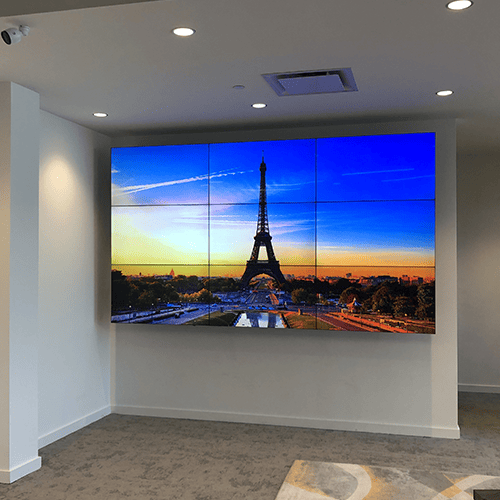LED panel screens have become more and more favored across different environments, including homes to businesses and communal areas. Such screens tend to be recognized due to the vivid as well as dynamic visuals, which make these suitable to communicating data, ads, as well as engagement. Nevertheless, comprehending the brightness measurements for Light Emitting Diode panel screens is essential for ensuring ideal display performance. Brightness is quantified in metrics known as candelas, that show the amount of luminosity produced by a panel. The higher number of quantity of nits, the brighter the visual is. For instance, instance, one panel with 1,000 candelas is significantly brighter than a featuring five hundred candelas, rendering this one better equipped in brightly lit settings.

As you choosing an LED wall panel, it becomes crucial in take into account which environment in that the screen will be placed. In brightly lit areas, like retail environments and open-air locations, higher increased luminosity level is necessary to ensure visibility. Conversely, in dimmer settings, like theaters and meeting spaces, lower diminished brightness level may suffice. This is because excessive luminosity in an dim setting may result in viewer discomfort among viewers, making it harder for focus on a screen. Thus, comprehending the specific requirements of the setup location can help with selecting a suitable illumination level for optimal viewing experience.
Another important factor to consider is contrast differential ratio of the LED wall panel. The contrast measurement indicates how much disparity exists between the brightest most luminous white and the dark black which the screen is able to create. A higher differential proportion indicates the display can it is capable of present more detail and depth, which improves general visual clarity. For example, a panel with an contrast proportion of 10,000:1 will show images with more vivid colors as well as crisper features than one with a proportion of 1,000:1. This becomes especially crucial in instances where showing visuals and videos that require greater definition as well as detail, such as presentations and advertising material.
Additionally, the mechanism that drives LED wall panels has an essential part in their brightness and total efficiency. Various types of Light Emitting Diode methods, such as Organic Light Emitting Diode and Liquid Crystal Display, possess unique characteristics that impact how luminosity is perceived. OLED panels typically offer better contrast as well as darker shades, which can enhance the viewing experience in darker environments. On the other Click This Link hand, standard LED screens might prove to be better in well-lit spaces because of the capacity for generate higher amounts in illumination. Understanding such technological differences can help consumers to deciding on knowledgeable decisions according to their individual needs.
Finally, regular care as well as adjustment of Light Emitting Diode panel screens may help maintain optimal illumination and performance over time. Dust and dirt can accumulate in a screen, affecting its illumination and clarity in the display. Regular cleaning and expert calibration can guarantee that panel screen operates in top optimal, providing uniform visual quality. Additionally, certain advanced Light Emitting Diode panel panels feature built-in built-in options that enable users to modify brightness levels as well as color adjustments based on their wants. Through taking these measures, operators will ensure the LED LED panel panels provide the best visual Related Site performance, no matter the setting where which these are used.